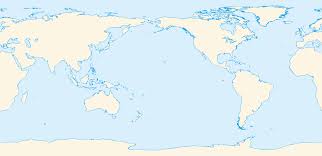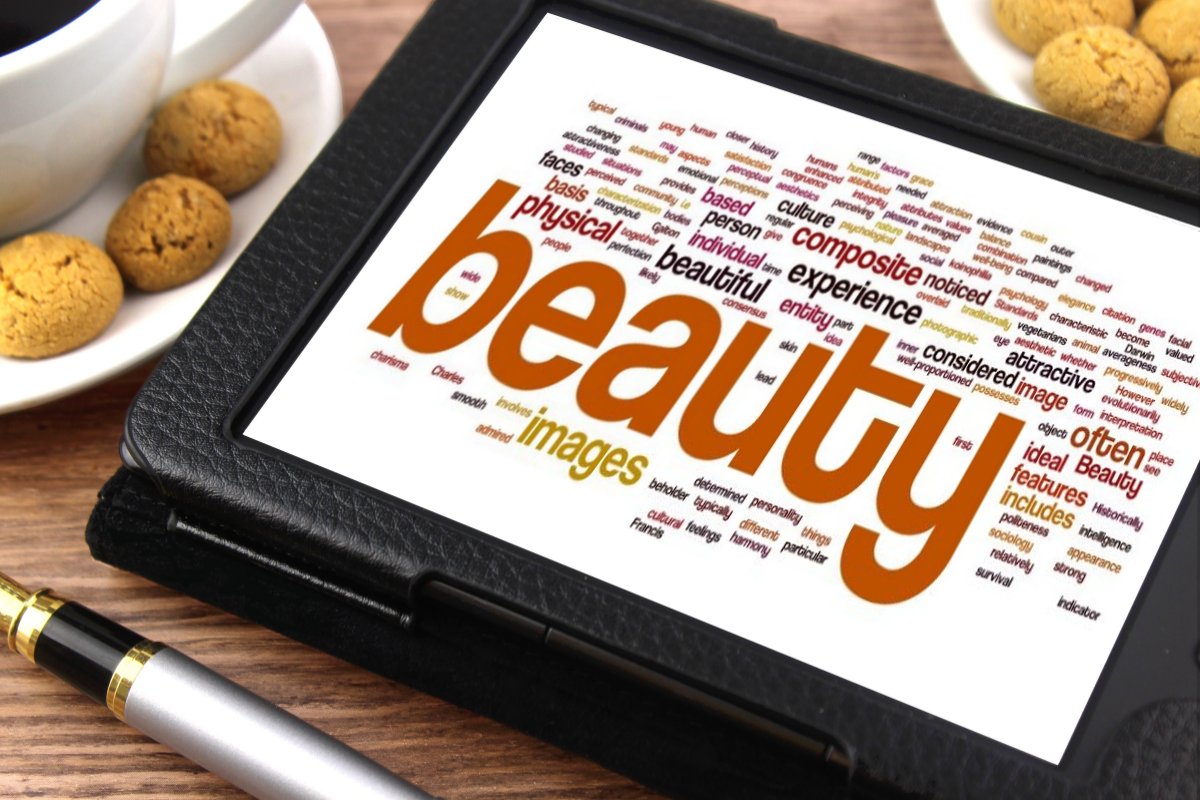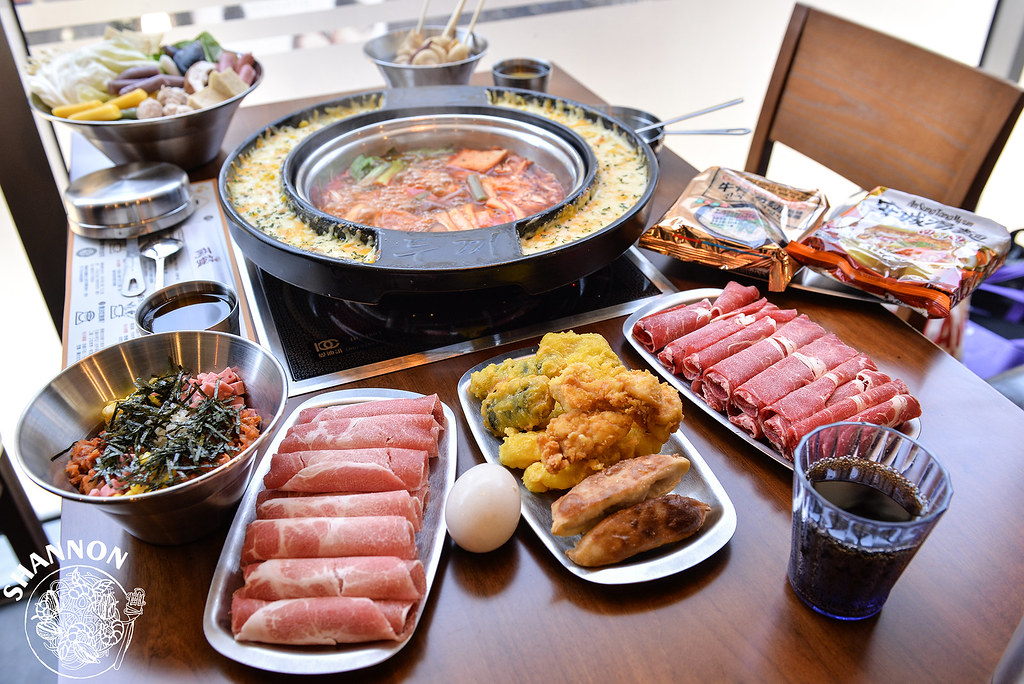This week, I am going to share some of my thoughts about a global learning case study, and ways to create a global learning environment. If you are interested in details or additional sharing beyond this blog post, please feel free to refer back to the book The Global Educator, written by Julie Lindsay, from page 229 to 244.
The first impressive case is about THINK Global School (TGS). TGS is a traveling high school visiting four countries per year. Students from TGS study globally through real-life experiences and project-based learning. This is my first time knowing that people travel around the world as a school. I think this is an excellent method allowing both students and educators to learn authentically from the natives. However, my concern is that if they have enough time to adapt to the new environment at the same time to learn something new academically.
I will prefer to stay for more than one semester, maybe including the summer break or winter break before the semester starts. Therefore, they can get used to the living environment, then the studying atmosphere. Also, as the school keeps moving, what is their management? As a Psychology major interested in working in the business setting, I would like to know more about the structures and operations of the organization. Additionally, I am interested in the criteria for enrollment. For example, what kind of skills or knowledge I need to be able to study in TGS? From the website, I did not see anything specific restriction limiting only students with high academic achievement can apply. Instead, they are welcome to candidates who are active in specific soft skills, like self-motivating and community orienting. However, it is interesting to know that they appreciate students with parents who are active and supportive participants in their modern and unique teaching methods. I think it is an essential and excellent idea that they also care about students’ family backgrounds and attitudes. I believe students will learn better if their parents agree or even share the same values as the school.
Besides the most eye-catching case study I mentioned above, I also with the point stated in the textbook. Indeed, lacking understanding and unwillingness to handle online technologies and policy issues are the main reasons suppressing the development of global collaboration. I had a similar experience that I was not able to use an online survey tool for my internship research using my school account. It was because of the school license restriction. It limited my opportunity to learn valuable skills, which will be helpful in the future in the Industrial and Organizational (I/O) Psychology field. Finally, what I could do is passing the project to my colleagues, letting them do it for me. As they are using their network system, I would not have access to the databases. I could only wait until they shared information with me. It lowered my autonomy and motivation. Therefore, it is crucial and essential to communicate with different stakeholders to find out the best solutions harming nobody. However, I understand the need for license restrictions. I want to discuss with my supervisors as well as different departments to check what I can and cannot do regarding the use of various web tools as full-time staff. What are the conflicts between different parties?
So, how to create a global learning environment? According to Julie, here are what she thinks a truly global learning environment should be:
1. Shares a vision that at EVERY grade level students will have a variety of interdisciplinary online global learning experiences with others beyond their immediate learning enviornment.
2. Understands how to “flatten” the learning so that EVERY DAY there is encouragement and opportunity to learn beyond the immediate….
3. Understands digital scholarship, peer review,…, sharing of local resources to build a global database, social entrepreneurship as a global collaborative objective for learning….
Lindsay, 2016, pp.239-240
I like the third point Julie mentioned. I think collaborating in building a global database is the easiest and first step to create a global learning environment for the education and research field. No matter if you are willing to collaborate with global partners or not, being generous to share your projects with others helps them to reflect and gain inspiration. I would name it “unconscious collaborative.” You do not know when your work will positively affect others, inspire others to explore topics differently. I am partly included in the global learning community while following the guidelines from Julie’s book within these few months. Starting global collaborations is not as difficult as I thought. It is always more comfortable with help from professionals and peers. Also, it is more exciting and worthy than learning alone.
What are your ideas toward global learning?
Do you make any changes after reading my blog or some additional sources I provided?
Finally, thank you for visiting my blog, and please do not forget to follow me on Twitter for more related information and discussions.
Twitter: @PoYeeWong4


